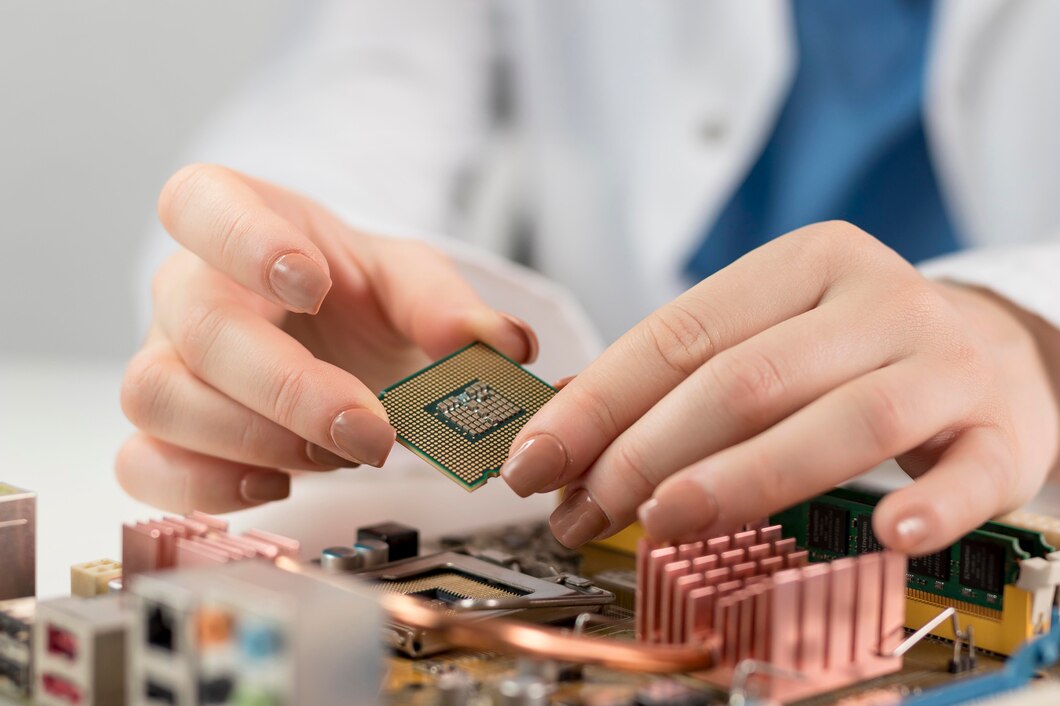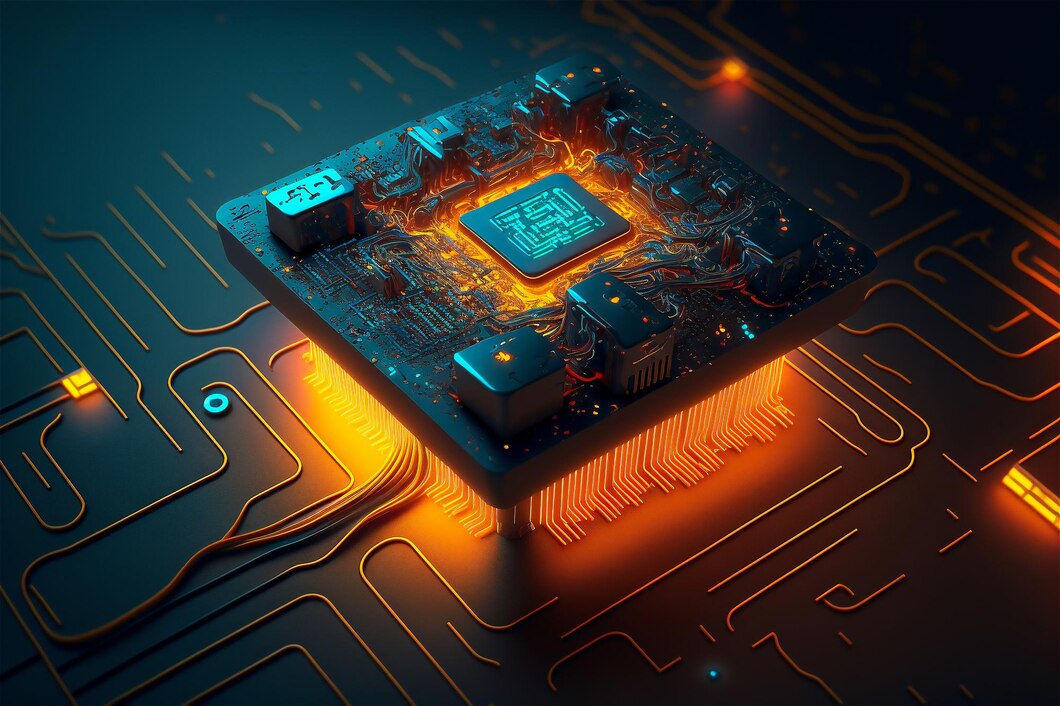How Semiconductor’s Innovative Solutions Meet In-Vehicle Communications Challenges
In recent years, the global automotive industry has been undergoing rapid changes and iterations. Intelligence, interconnection, and electrification have become important trends in automobile development. According to IDC predictions, the global number of connected cars will reach 78.3 million in 2025, with a five-year compound annual growth rate of 11.5%. By 2026, the global number of autonomous vehicles will reach 89.3 million, with a five-year compound annual growth rate of 14.8%.
As automakers continue to explore higher levels of autonomous driving (AD) technology and the widespread application of Level 2 and above advanced driver assistance systems (ADAS) in vehicles, in-vehicle communication systems face challenges in meeting technical performance requirements and safety compliance. A new challenge has arrived.
Estimates and research predict that each vehicle will require up to 50 different ADAS sensors to provide the redundancy and context awareness accuracy required for higher levels of ADAS and AD. Sensor fusion capabilities are a prerequisite to eliminating the limitations of each sensor (such as cameras, radar, lidar, ultrasonic sensors, etc.), which requires high-speed, high-bandwidth interconnects, low-latency communication protocols, and efficient computing power to deliver and process large amounts of raw data collected to achieve environmental awareness. Real-time, precise perception of the surrounding environment is critical for informed decision-making required for trajectory planning.
key areas where semiconductors Are Used

Let’s delve into some key areas where semiconductors contribute to overcoming in-vehicle communication challenges:
Connectivity and Networking:
Wireless Connectivity: Semiconductors enable the implementation of robust wireless communication technologies, such as Bluetooth, Wi-Fi, and Cellular (e.g., 4G/LTE, 5G). These technologies facilitate seamless communication between various in-vehicle systems, external devices (smartphones, wearables), and the cloud.
Ethernet Solutions: As the automotive industry embraces Ethernet for in-vehicle networking, semiconductor companies provide Ethernet-based solutions that offer high bandwidth and low latency. This is particularly crucial for supporting data-intensive applications like high-definition video streaming and sensor data exchange in real-time.
Sensor Fusion and ADAS:
Sensor Integration: Semiconductors are instrumental in integrating various sensors like cameras, radar, LiDAR, and ultrasonic sensors. These sensors are crucial for advanced driver-assistance systems, enabling features such as adaptive cruise control, lane-keeping assistance, and automatic emergency braking.
Sensor Fusion: Semiconductor solutions facilitate sensor fusion, where data from multiple sensors are combined to provide a more comprehensive and accurate understanding of the vehicle’s surroundings. This enhances the reliability and effectiveness of ADAS.
Infotainment Systems:
Multimedia Processing: Semiconductors power the multimedia processing units in infotainment systems, supporting high-resolution displays, audio processing, and connectivity to external devices. Advanced graphics processing units (GPUs) enhance the user experience by enabling features like 3D navigation, video streaming, and interactive interfaces.
HMI (Human-Machine Interface): Semiconductor solutions contribute to the development of intuitive and responsive HMI systems, including touchscreens, voice recognition, and gesture control. These technologies enhance the ease of interaction between the driver and the vehicle’s infotainment and control systems.
Cybersecurity:
Secure Communication: Semiconductor companies develop solutions that ensure secure communication within the vehicle’s network and with external servers. With the increasing connectivity of vehicles, protecting against cyber threats is a paramount concern. Encryption, secure boot processes, and intrusion detection systems are implemented to safeguard in-vehicle communication.
Autonomous Driving:
Processing Power: Semiconductors provide the high-performance computing platforms required for processing the massive amount of data generated by sensors in real-time. This is essential for decision-making in autonomous driving scenarios.
AI and Machine Learning: Semiconductor companies contribute to the integration of AI and machine learning algorithms into vehicles. These technologies are used for object recognition, path planning, and decision-making in autonomous vehicles.
Power Efficiency:

Low-Power Solutions: In-vehicle systems, especially those running continuously, require energy-efficient solutions to conserve power and extend the vehicle’s battery life. Semiconductor manufacturers design low-power components and optimize power management systems for various in-vehicle applications.
At the same time, as ADAS levels increase and complexity increases, the traditional three elements of confidentiality, integrity, and authenticity (including the reliability of sensor data) become very important for deterministic processing, correct classification, and accurate decision-making. important.
Protecting AI inference algorithms, training algorithms, and training sets has become a top priority to prevent IP from being replaced or tampered with, changing inference results, and causing misclassification and potentially incorrect decisions, which can endanger lives.
In addition, in the digital environment, the increasing number of connected cars has also brought unprecedented security challenges to in-vehicle communications. New capabilities such as roadside assistance, OTA updates, remote access, and vehicle tracking increase the potential attack surface and attack vectors and therefore increase the design burden. The well-known remote intrusion incident by Jeep hackers in 2015 is a real example, which resulted in the recall of more than 1 million vehicles and caused hundreds of millions of dollars in losses.
Counterfeit semiconductors can also cause potential problems for in-vehicle communications. Industry analysts predict that the current market for counterfeit semiconductors is $75 billion, and this huge market is still growing rapidly. Counterfeit chips pose a significant risk to driver comfort and safety, not to mention a serious negative impact on an automaker’s revenue and brand.
To better help the industry meet these challenges, ICHOME leverages its more than 20 years of experience and expertise in the field of advanced semiconductors to provide one-stop solutions for electronic components. These solutions build trust in the value chain, make data faster and more secure, and promote safer mobility.
ICHOME also provides advanced solutions to meet the safety needs of automotive electronics, ensuring state-of-the-art functionality and safe and reliable operation. However, it may be a long time before higher-level AD or ADAS smart cars become a reality. Semiconductor technology plays an important role in this regard and can help realize high-speed, safe, and reliable in-vehicle communication solutions. With the continuous innovation and advancement of technology, ICHOME will continue to develop advanced solutions to help the development of smart cars today and in the future.
















